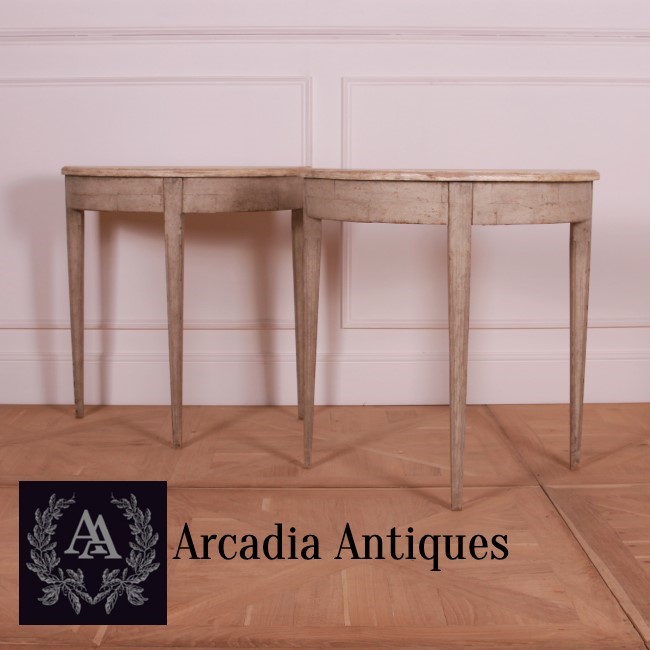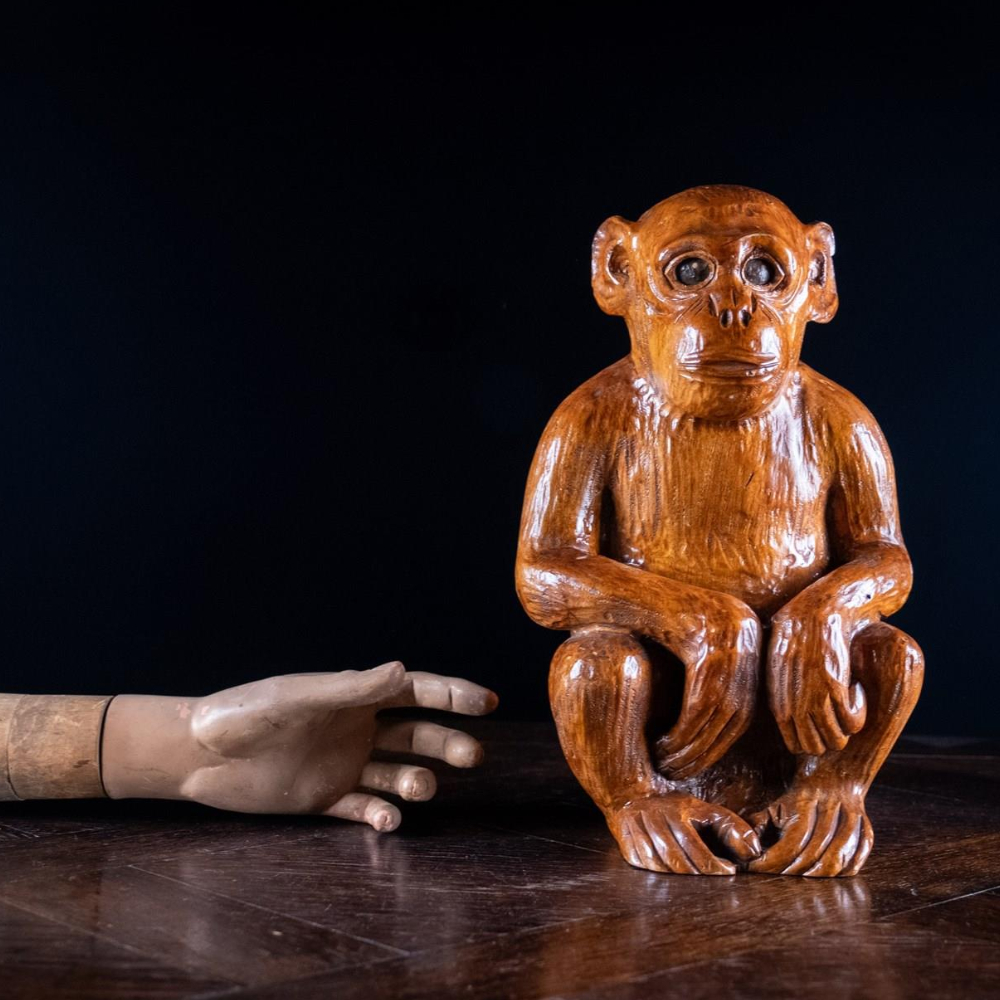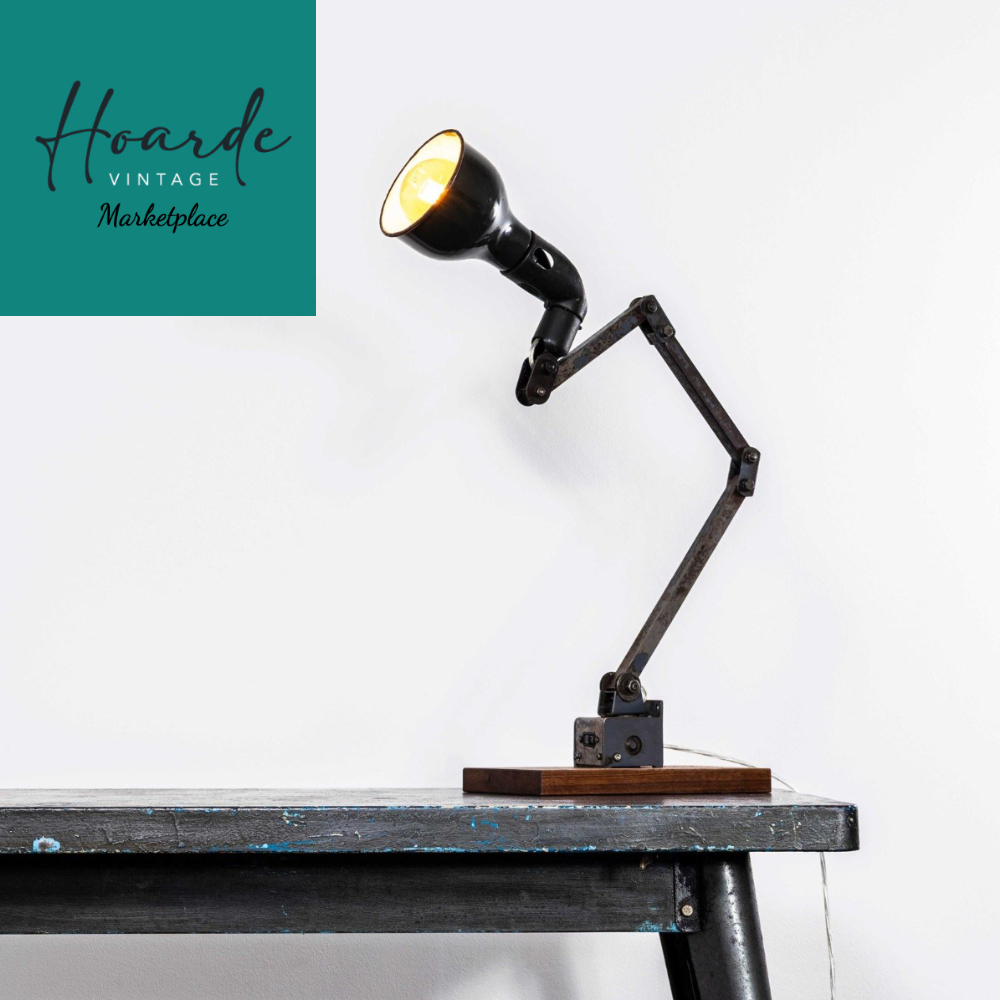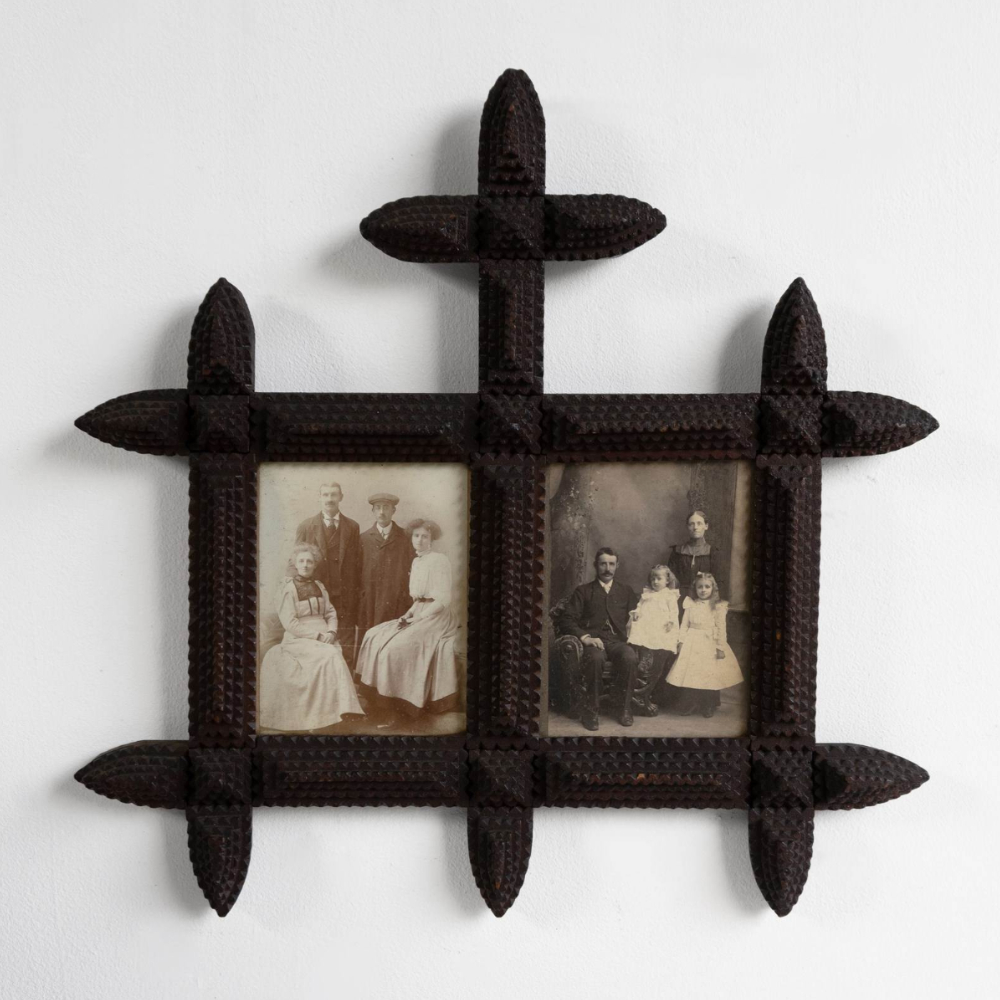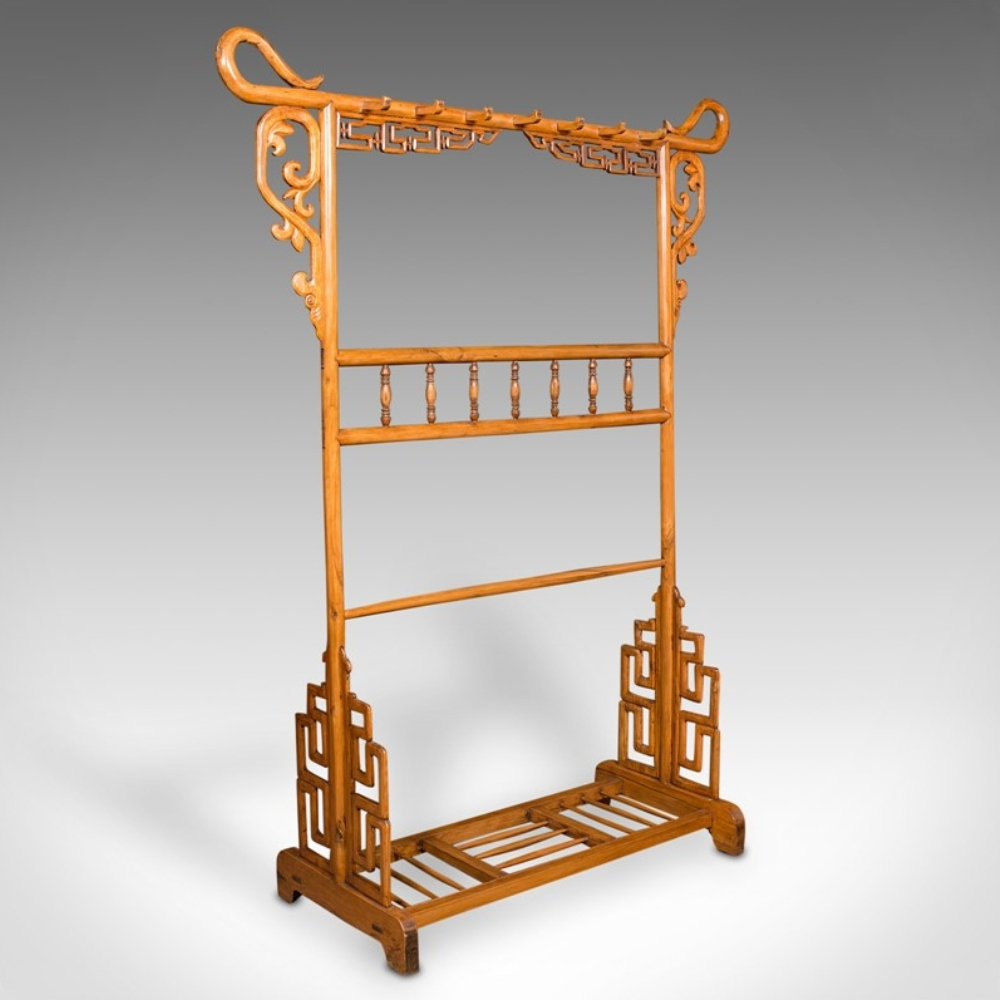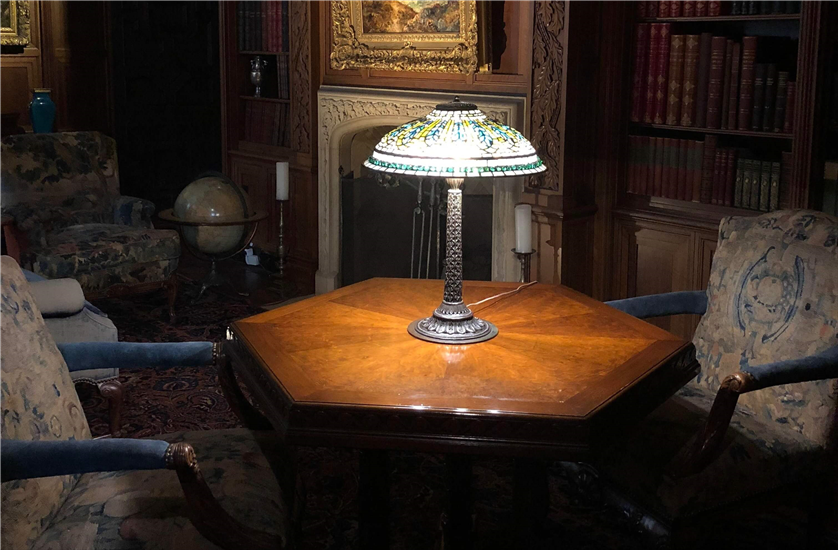
Antique lamps don’t just mean you can benefit from attractive decor, they can also completely transform the atmosphere of any space. Lighting can do a lot to switch up an atmosphere, from making it warm and inviting to creating great energy, the right lamp can do a lot.
Choosing antique lamps over modern ones can also help you showcase your personality and add unique touches to different rooms. You can use them to tie in with the style of your decor or use them as a focal piece that really stands out.
Whatever your reason for choosing vintage lighting, it pays to know what to look for so you can get the best deal but also make sure you buy a lamp that can still be used as intended.
Many antique lamps may need rewiring in order to be safe to plug in. There are also a lot of modern replicas out there that won’t be worth as much as real antiques. We’ve broken down some of the key things to look out for when shopping for antique lamps.
Get To Grips With Different Antique Lamp Styles
Identifying the type of antique lamp you’re looking for or learning more about specific styles can tell you a lot. Being able to identify whether a light is a hurricane lamp, an art deco lamp or an art nouveau lamp will help you narrow down other details.
Not only will many of these types of lamps have been popular during specific periods, the style and artistic touches can help you better narrow down the manufacturer. This will help you identify potentially real antiques, as well as find specific pieces that you’re looking for.
Check For Makers’ Marks
As with many types of antiques, vintage lamps are likely to have a date stamp or maker’s mark somewhere. Typically, these marks are on the base of the lamp, but sometimes there are also stickers on the light fixing itself that will include a name or date or manufacturer.
These marks reveal a lot and can help you check other details about a specific lamp - such as whether it’s likely that the shade has been replaced. Reference books will provide more information about different marks so you can be sure you’re purchasing a genuine antique.
Examine The Cord
It will likely be quite obvious whether the plug and cord look old or if they have likely been replaced at some point. While a new plug and cord will likely mean the lamp is usable, it may affect its overall value and appearance.
Lamps manufactured before the mid-20th century often has cotton-wrapped cords and prongs that were the same size. While polarised outlets, which mean a plug will have one plug larger than the other, were introduced in the 1880s, they weren’t popular until the mid-20th century. Three-pronged plugs then came in in the 1960s.
Check The Light Socket
Light sockets are another part of the lamp that commonly need to be replaced to ensure the lamps can still be used. A blown socket can mean that the value of the lamp is reduced as it won’t work, so it’s worth checking.
It’s very easy to tell whether a light socket in an antique lamp is blown as the socket will look black. You can ask the seller to double-check the lamp works, even if the socket looks okay just to be on the same side.
Look For Damage Or Repairs
Just as with other antiques, damage or repairs to antique lamps can affect their value. Ensuring that you fully check your lamp over and look for cracks, dents and missing pieces will help ensure you aren’t paying over the odds.
While wiring, plugs and sockets can be fairly easy to repair or replace, other damages can be a lot more difficult. Similarly, if restoration work has been carried out poorly, this will reduce the value of the lamp and also mean that a repair is not possible.
Read All Of The Provided Information
If you’re buying an antique lamp at auction, you should read all of the available information about it, as well as examine the pictures or the real item itself. This will help you determine whether the lamp is worth investing in, as well as if it will work in your space.

